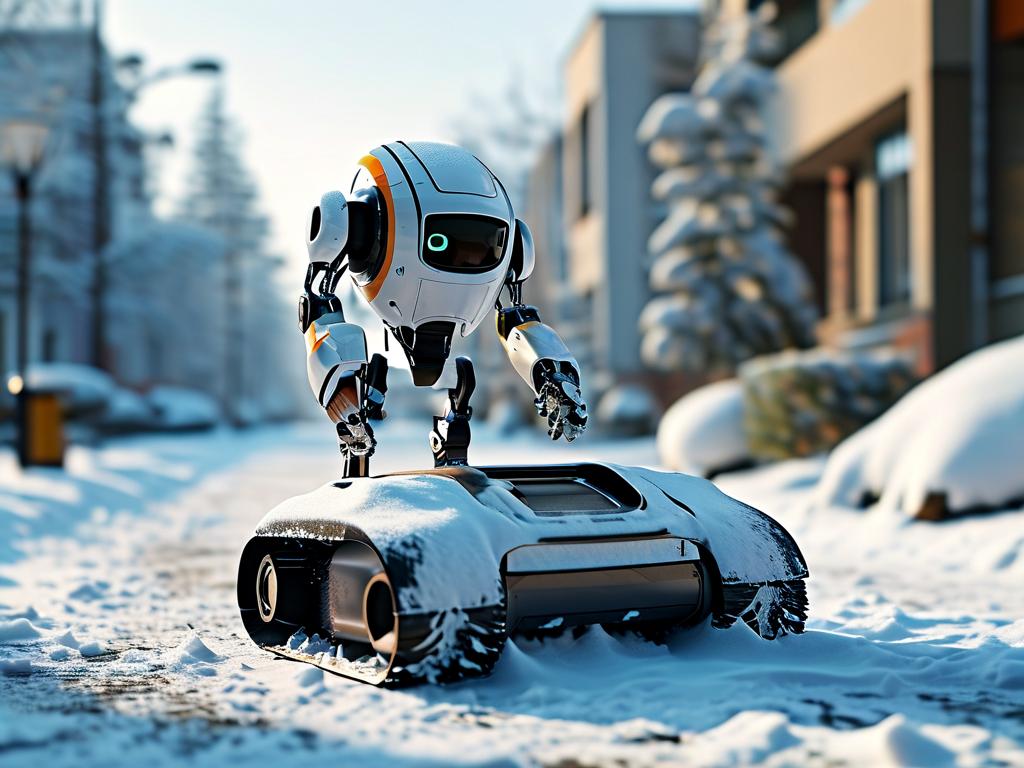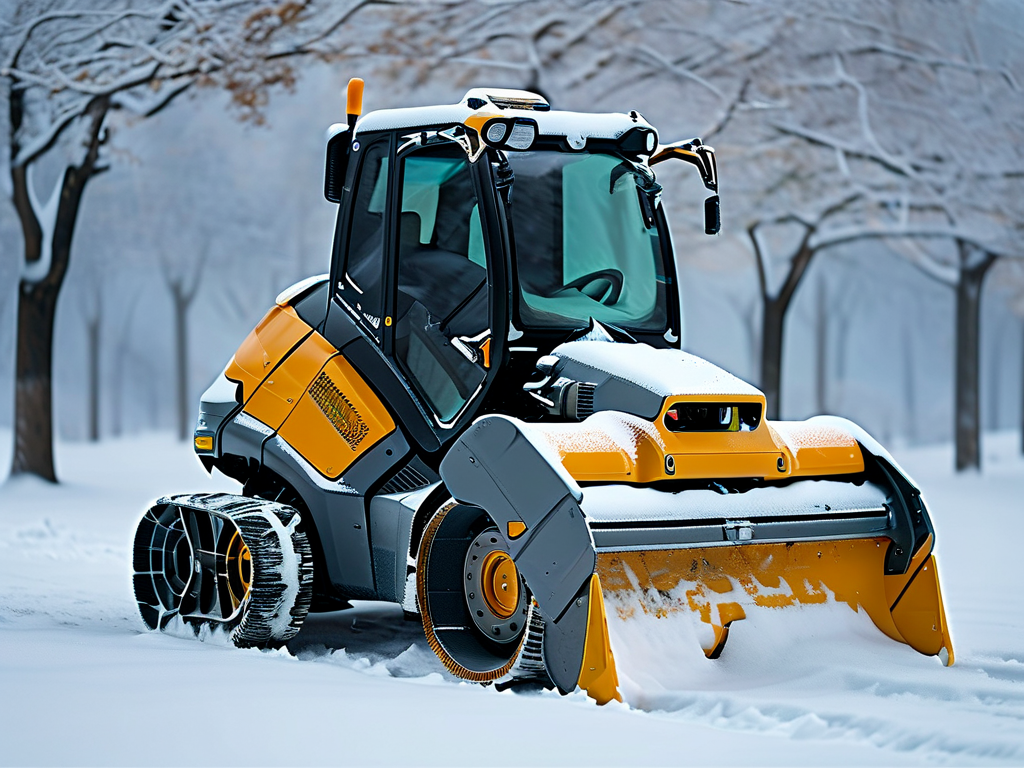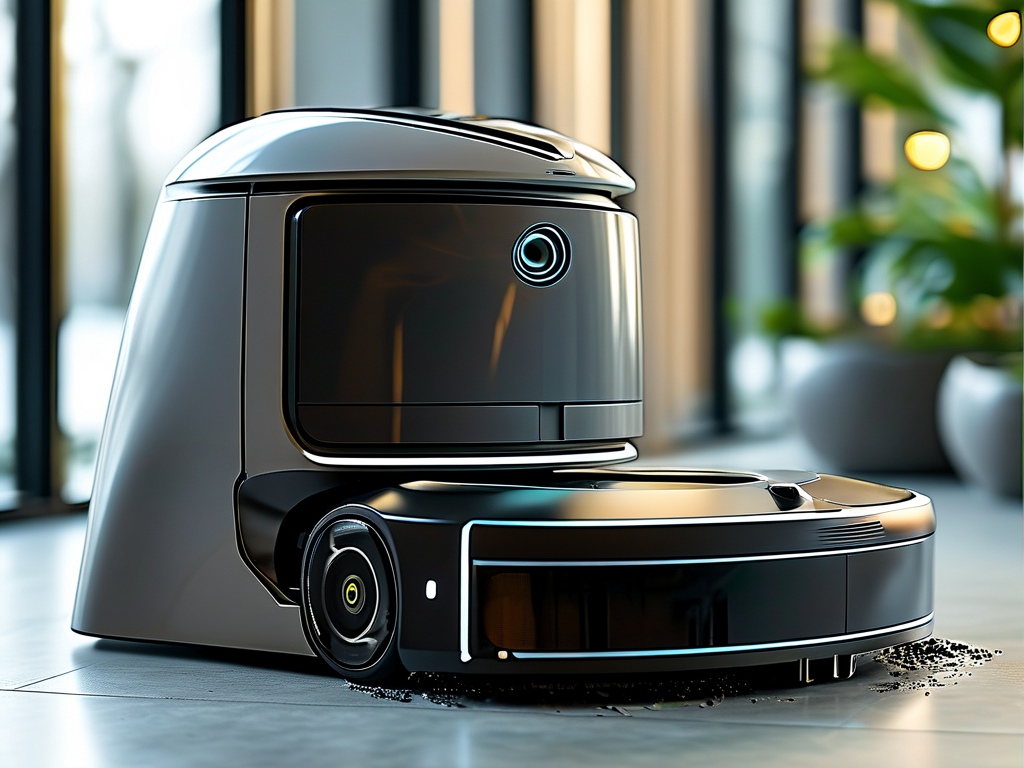As winter landscapes transform into snowy wonderlands, the challenge of maintaining safe pathways becomes critical. Robotic snow removal technology has emerged as a groundbreaking solution, blending automation with environmental adaptability to address seasonal challenges. This article explores the mechanisms, benefits, and evolving capabilities of these intelligent machines.

The Evolution of Snow Removal
Traditional snow removal methods—manual shoveling, gas-powered blowers, and plow trucks—have long dominated winter maintenance. However, these approaches come with limitations: labor intensity, environmental pollution, and inconsistent coverage. The advent of robotic snow removal systems marks a paradigm shift. Early prototypes in the 2010s focused on basic plowing functions, but advancements in AI, sensor technology, and battery efficiency have since transformed these machines into sophisticated tools capable of autonomous operation.
Core Technologies Driving Innovation
Modern robotic snow removers integrate multiple cutting-edge technologies:
- LiDAR and Thermal Sensors: These enable machines to detect snow depth, surface temperature, and obstacles in real time. For instance, the SnowBot X3 model uses dual LiDAR arrays to map terrain with 2cm precision, adjusting blade height dynamically.
- AI-Powered Path Optimization: Machine learning algorithms analyze historical weather data and user patterns to create efficient cleaning routes. A study by the Winter Tech Institute showed AI-driven systems reduce redundant passes by 40%, saving energy.
- Hybrid Power Systems: Combining lithium-ion batteries with solar panels, robots like GlacierMaster Pro achieve 8-hour runtime in -20°C conditions, a 30% improvement over earlier models.
Applications Across Environments
Residential users benefit from compact models such as SnowNinja Home, which autonomously clears driveways and alerts homeowners via mobile apps when tasks are completed. In commercial settings, larger units like PlowDrone 5000 collaborate in fleets to manage parking lots, using mesh networking to synchronize efforts. Airports in Nordic regions have adopted runway-specific robots equipped with anti-icing sprayers, improving de-icing accuracy by 62% compared to manual methods.
Environmental and Economic Impact
Electric-powered snow robots produce zero direct emissions, addressing growing concerns about carbon footprints. The city of Ottawa reported a 15% reduction in road salt usage after deploying robotic systems with precision spreading technology. Economically, while initial investments range from $2,000 to $50,000 depending on scale, municipalities note long-term savings from reduced labor costs and equipment maintenance.
Challenges and Future Directions
Current limitations include difficulty handling wet, heavy snow exceeding 30cm and navigation issues on steep slopes. Researchers at MIT’s Autonomous Systems Lab are testing screw-drive propulsion systems and graphene-based heating elements to overcome these hurdles. Industry analysts predict the integration of 5G connectivity will enable real-time weather adaptation, with robots receiving instant updates from meteorological satellites.
As climate patterns grow more unpredictable, robotic snow removal technology stands poised to become an essential component of winter infrastructure. By merging ecological responsibility with technical precision, these machines not only enhance safety but also redefine humanity’s relationship with seasonal challenges.



